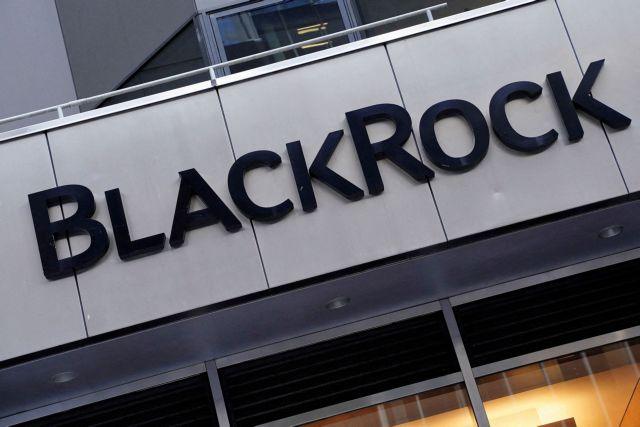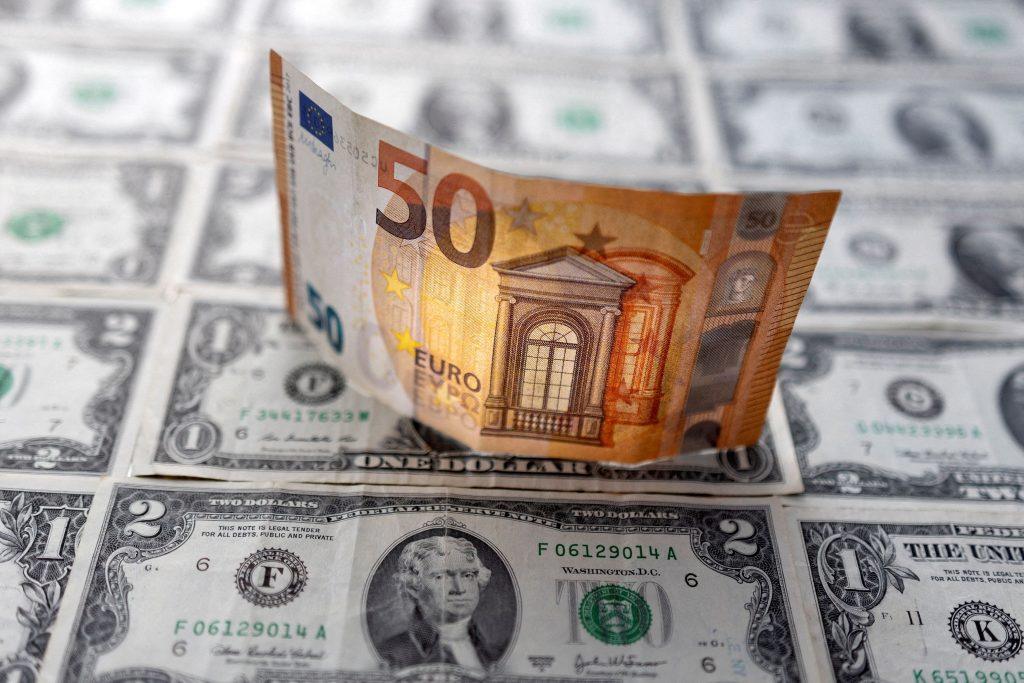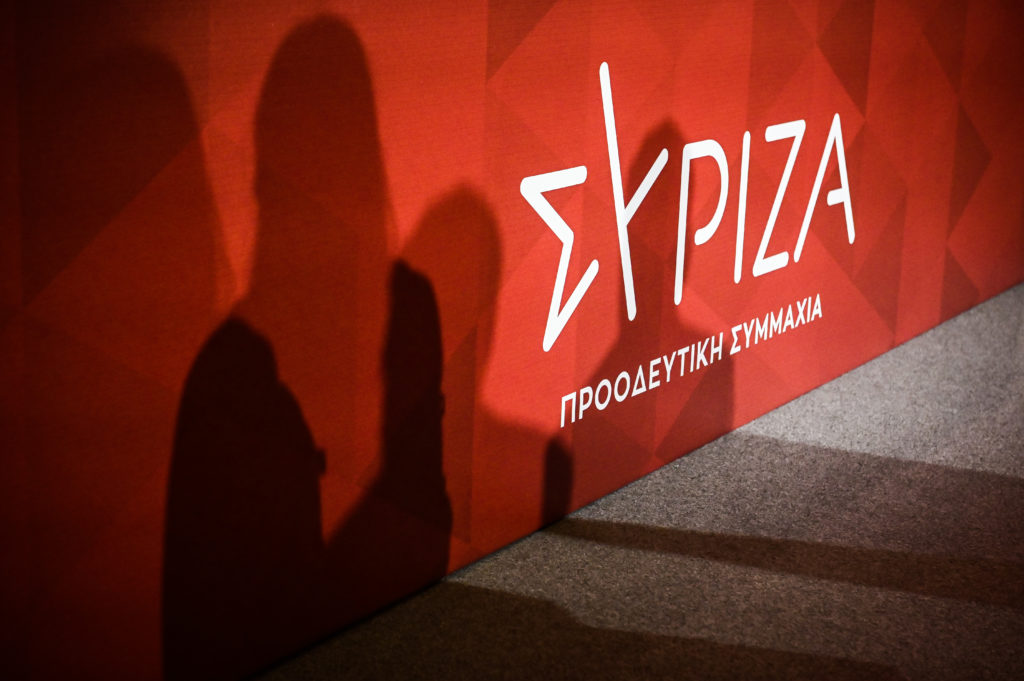Households and businesses have cut back on electricity consumption for the ninth consecutive month. According to Independent Power Transmission Operator-IPTO’s monthly bulletin, domestic electricity demand remained negative in March as well, recording a 14.92% drop compared to the corresponding month of the previous year. In absolute terms electricity consumption last month fell to 3,992 GWh (gigawatt hours) from 4,692 GWh in March 2022.
Energy cutbacks
The energy saving of households and businesses started last June (2022) when, because of the energy crisis, they timidly started limiting electricity consumption initially by 1.61% (compared to the corresponding month of 2021). Savings continued in the following months as consumption plunged in July 2022 by 11.02%, in August by 12.53%, in September by 4.89%, in October by 8.46%, in November by 9.63%, in December by 13.16%, as well as in the first months of 2023 (in January by 13.03% and in February this year by 1.89%).
In March, a large reduction (compared to the corresponding month last year) was recorded in the low and medium voltage distribution network to which households and small and medium enterprises are connected, which consumed 17.7% less electricity by turning off the power switch or limiting the use of energy-intensive devices. The demand from power-guzzling industries connected to the high voltage grid was also limited by 5.1%, while mines recorded a decrease of 19.5%.
Power generation
The drop in electricity production this March was also impressive, as it plunged by 28.10% (compared to March 2022), reaching 3,430 GWh. The participation of green energy in the energy mix was also spectacular, with Renewable Energy Sources (RES) and hydroelectric plants covering 59.82% while thermal production (from natural gas and lignite covered 40.19%). Last month, RES and hydroelectric plants covered 56.4%, while thermal plants covered 43.6%.
Providers
Regarding the shares of electricity suppliers, PPC’s percentage appears reduced compared to the previous month. In particular, in March it held 61.37% (compared to 62.19% in February) in the total representation load in the domestic retail electricity market. In January it was at 60.08%, while in December 2022 at 63.12%. A year ago, in March 2022, PPC held 64.11% of the market, while the average share of the dominant market player in the whole of 2022 was 62.4%.
Among private suppliers, Mytilineos (Protergia) remained first with 7.42%. They are followed by HERON with 7.20% and Elpedison with 6.14% (from 5.95% in February). In the next positions are NRG with 4.96%, Attica Natural Gas with 2.90%, Watt & Volt with 2.76%, ZeniΘ with 2.11% and Volterra with 2.01%. The remaining percentage was shared by the smaller electricity providers in the market.
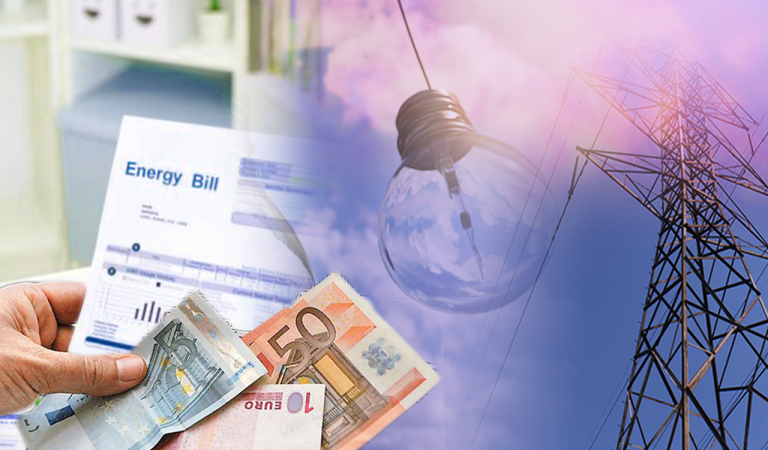

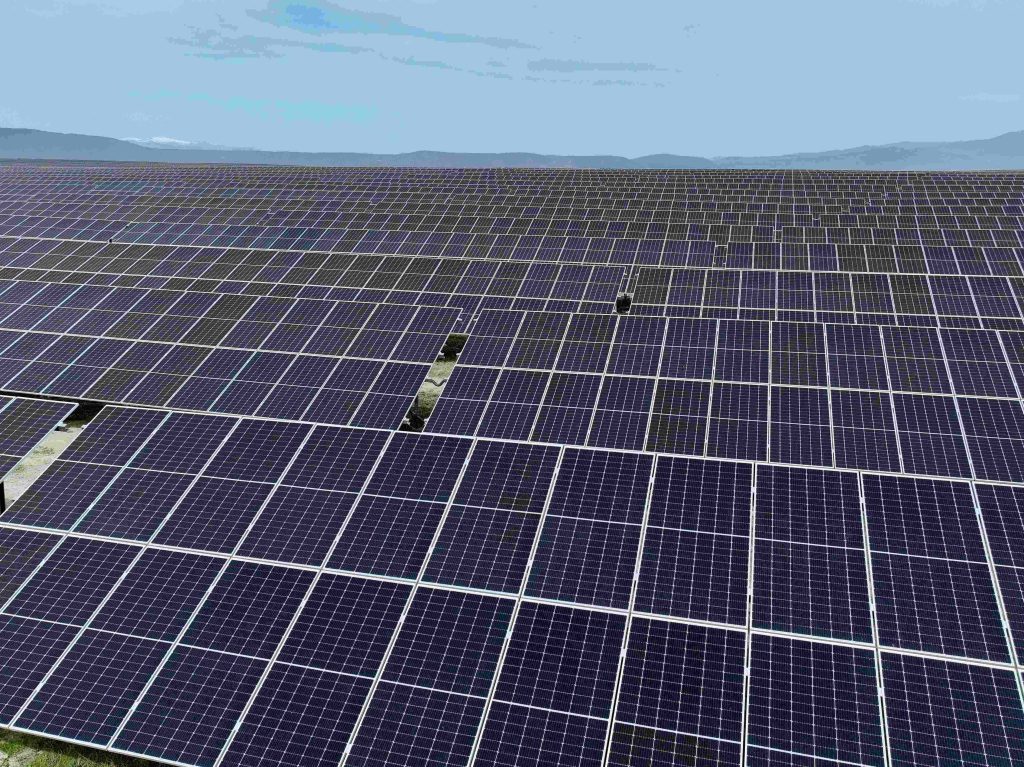

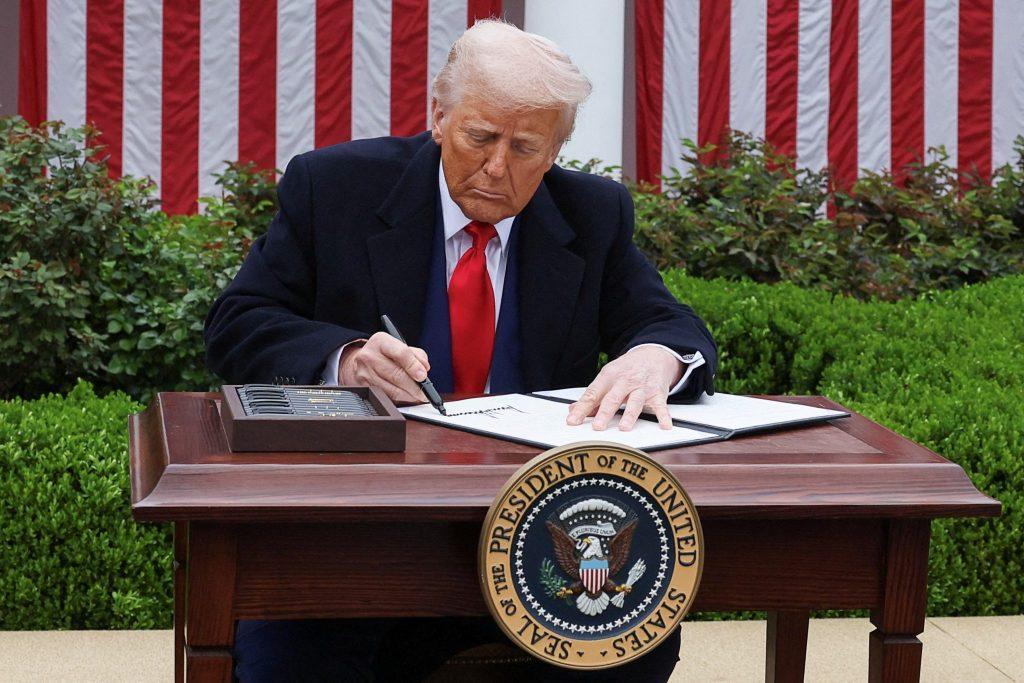


![Βούτυρο: Τι δείχνει το χρηματιστήριο τιμών – Γιατί παίρνουν… φωτιά τα κρουασάν [γραφήματα]](https://www.ot.gr/wp-content/uploads/2025/07/kroyasan-1024x683-1-300x300.jpg)





![Δασμοί: Οι εμπορικές συνομιλίες ΕΕ-ΗΠΑ για τους δασμούς στα αυτοκίνητα [γραφήματα]](https://www.ot.gr/wp-content/uploads/2025/07/tofas.jpg)

![Τεχνητή νοημοσύνη: Η ζήτηση ενέργειας αυξάνει τις εκπομπές CO2 [γράφημα]](https://www.ot.gr/wp-content/uploads/2025/02/data-center.jpg)
![Χρυσές λίρες: Πουλάνε μαζικά οι Έλληνες το εξάμηνο του 2025 [γράφημα]](https://www.ot.gr/wp-content/uploads/2025/07/photo_2025-07-04_13-01-06.jpg)

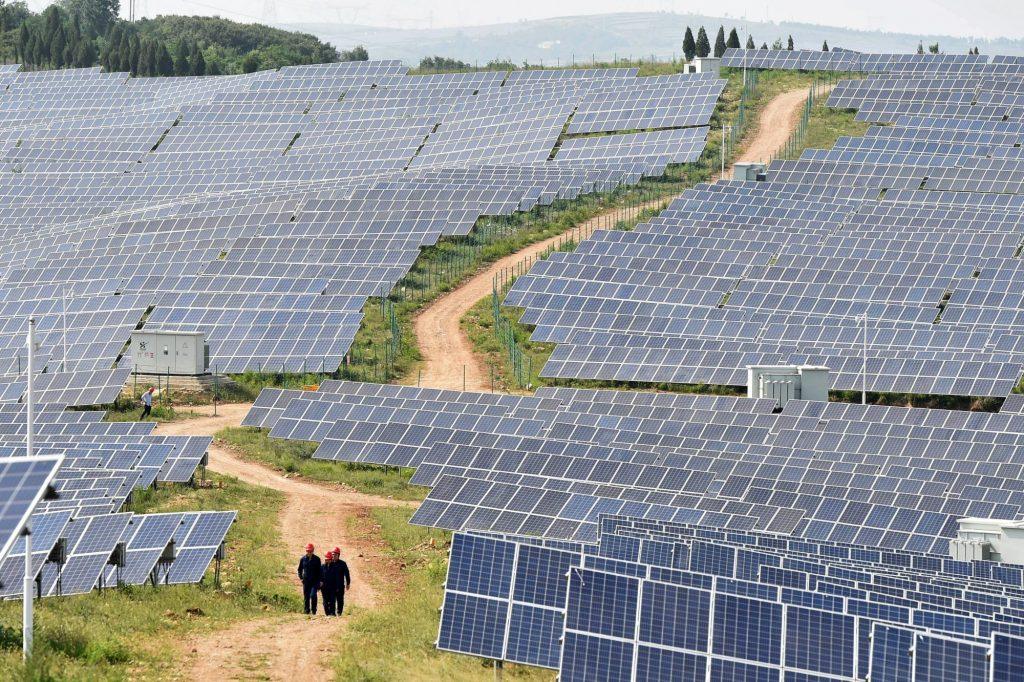
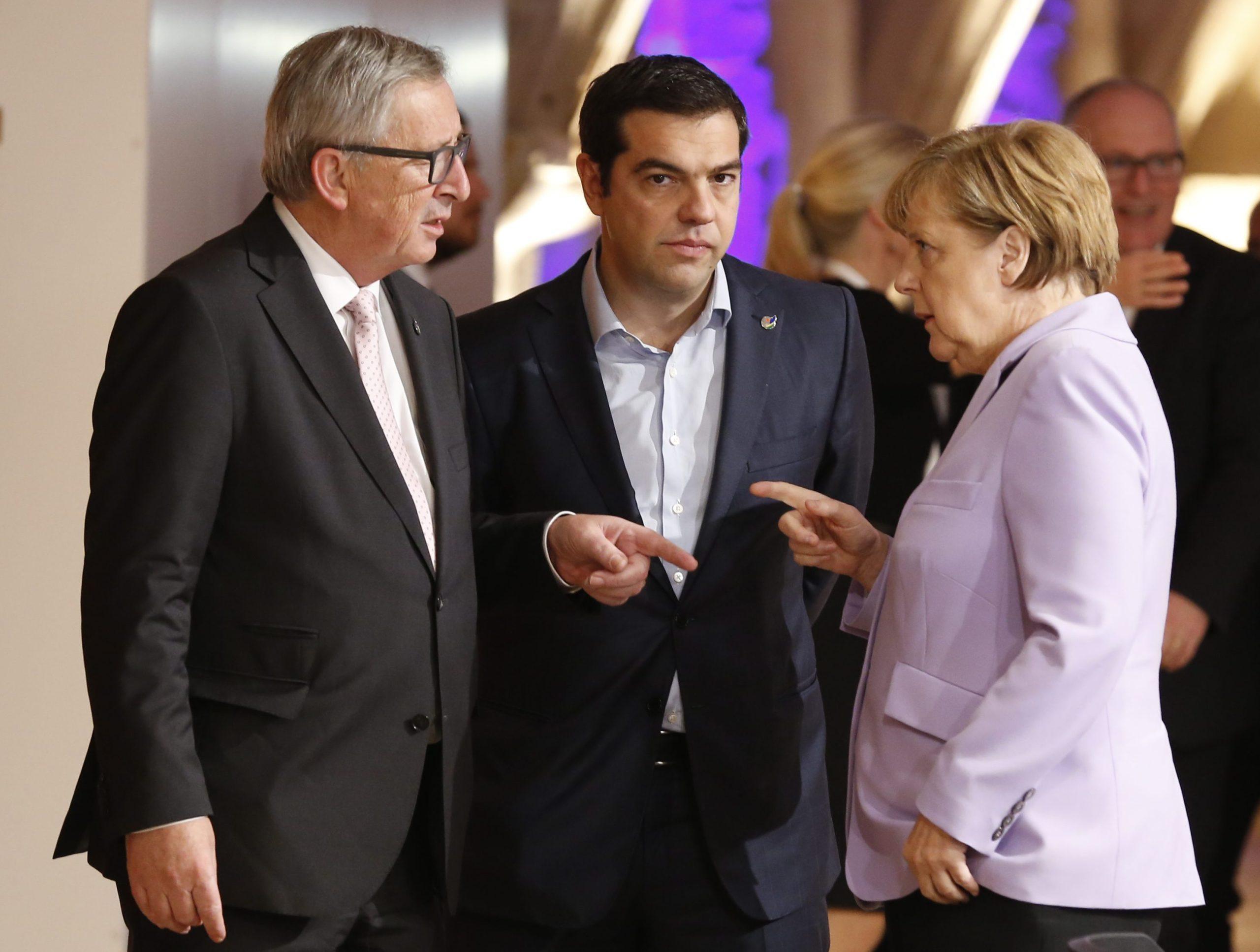

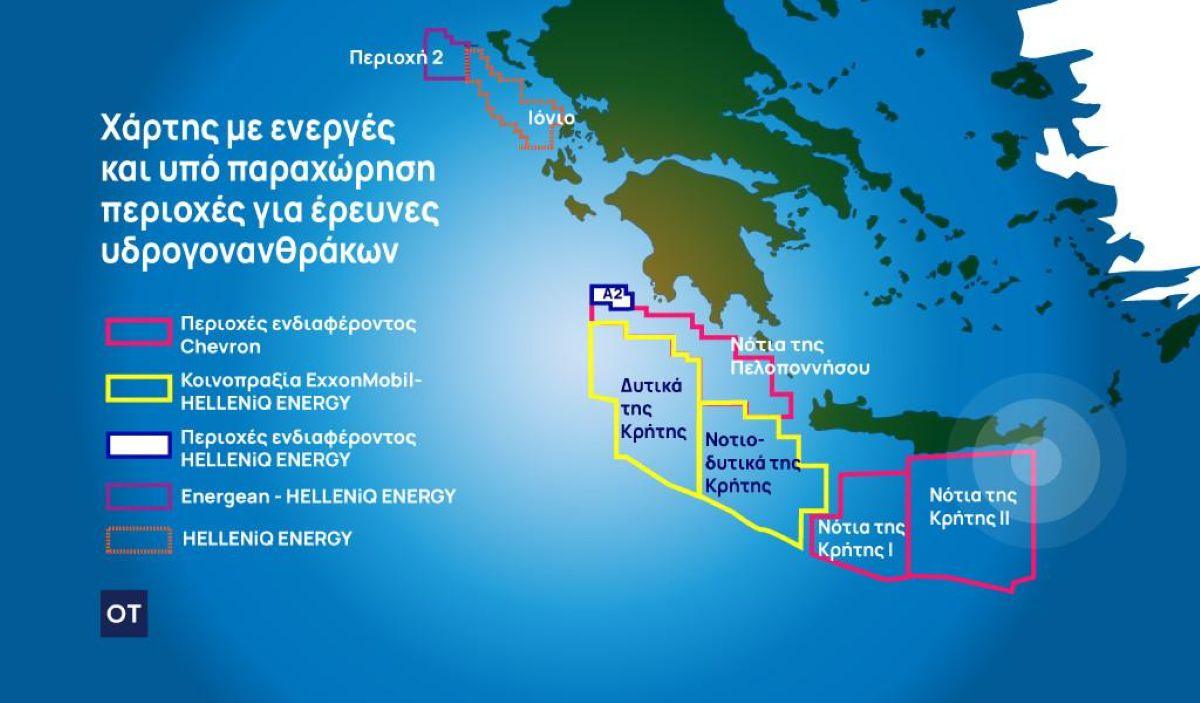

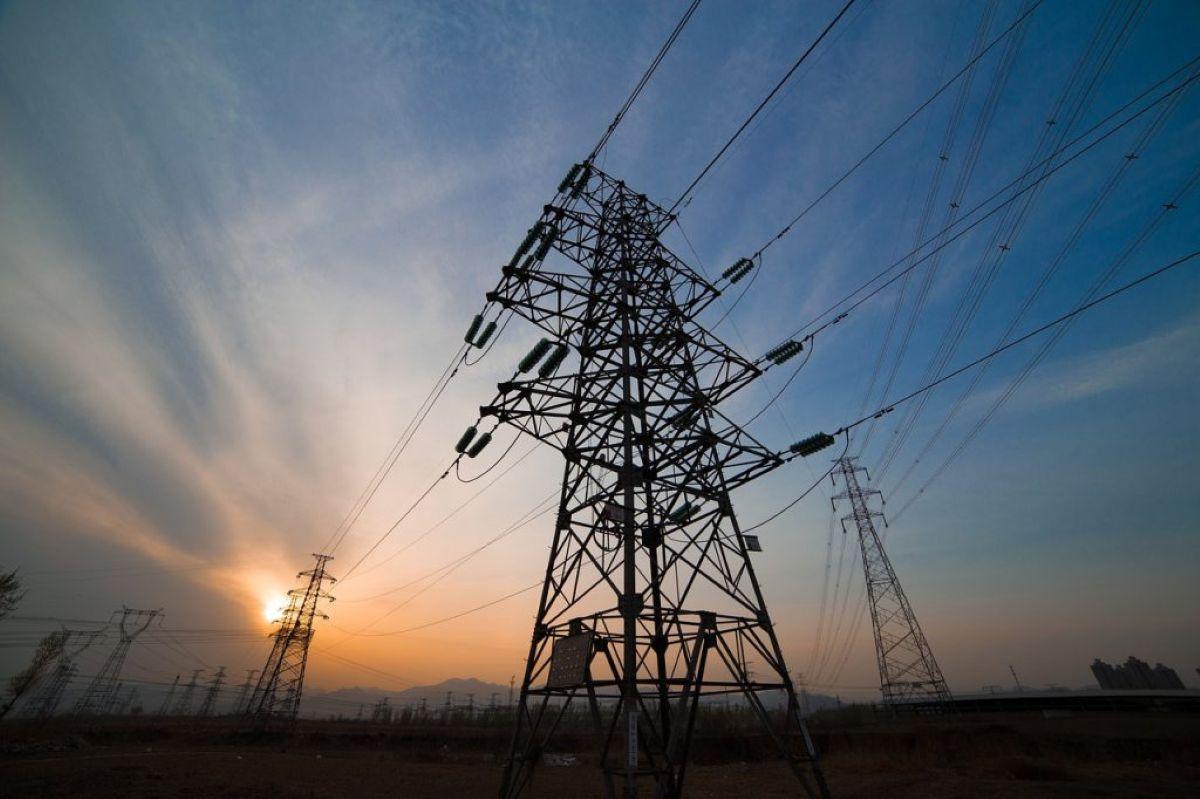
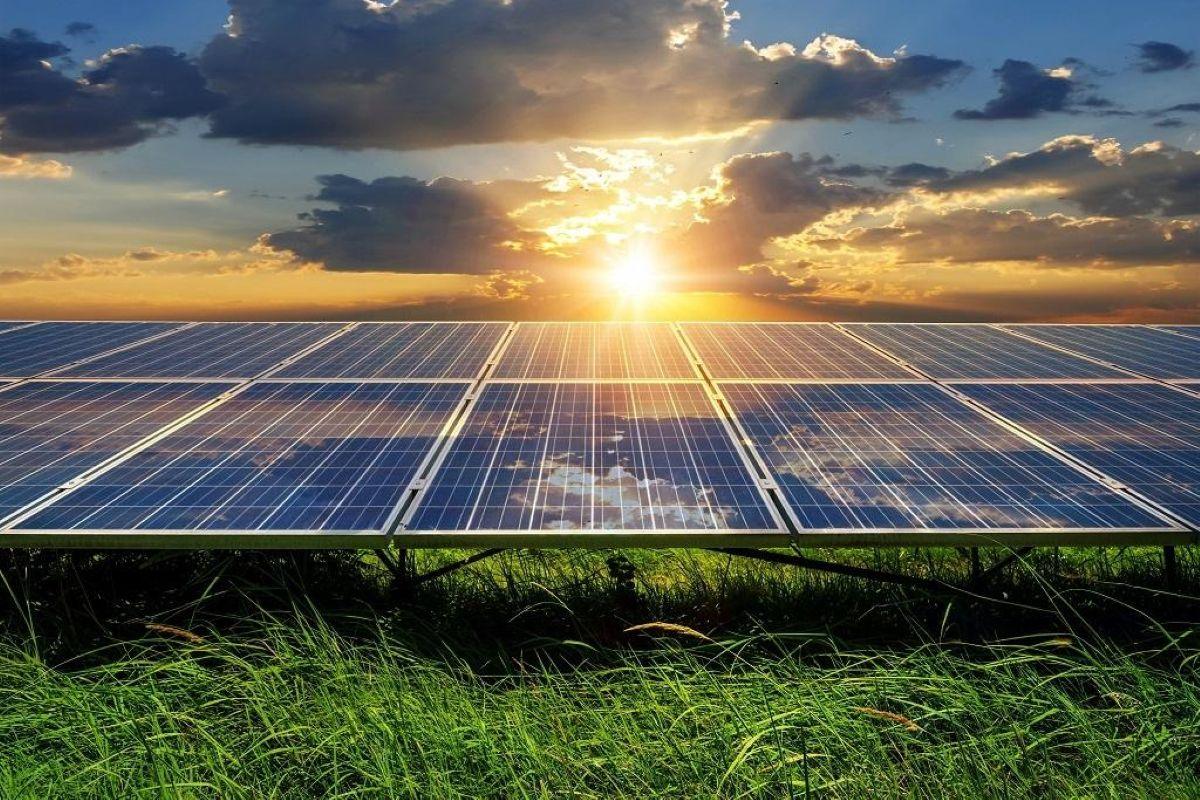
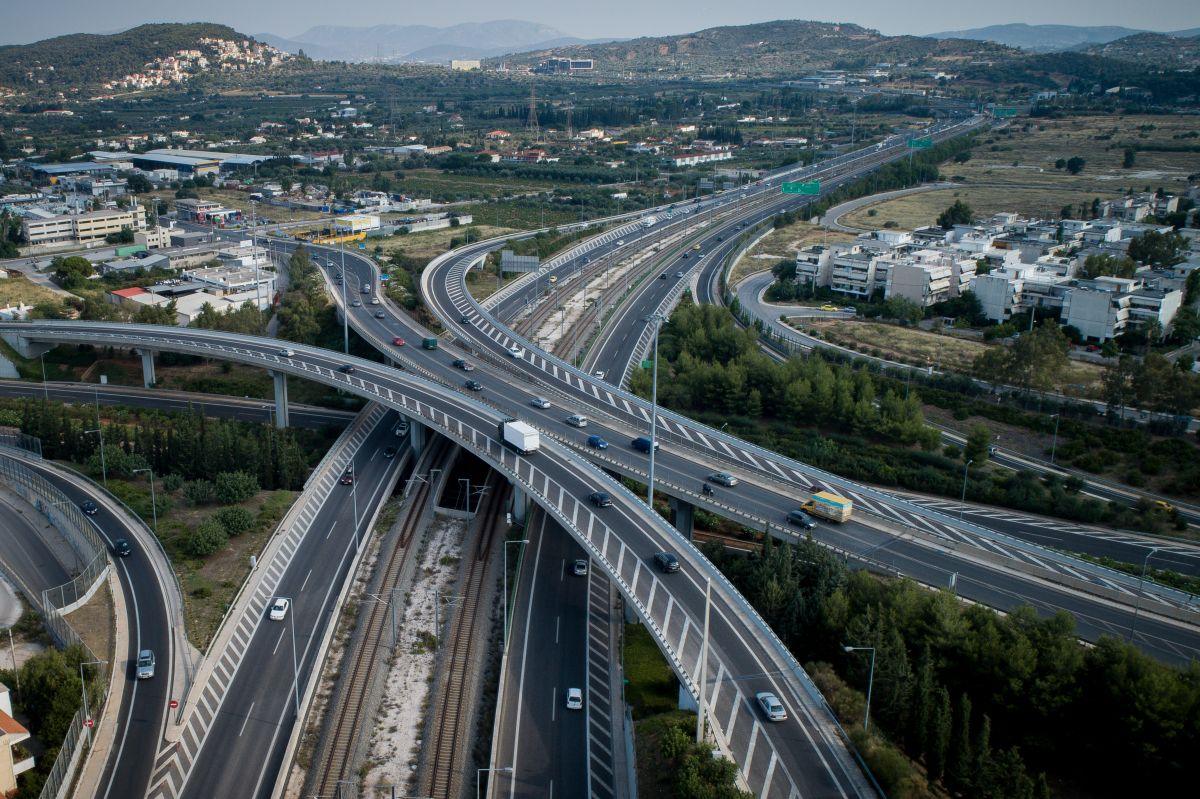

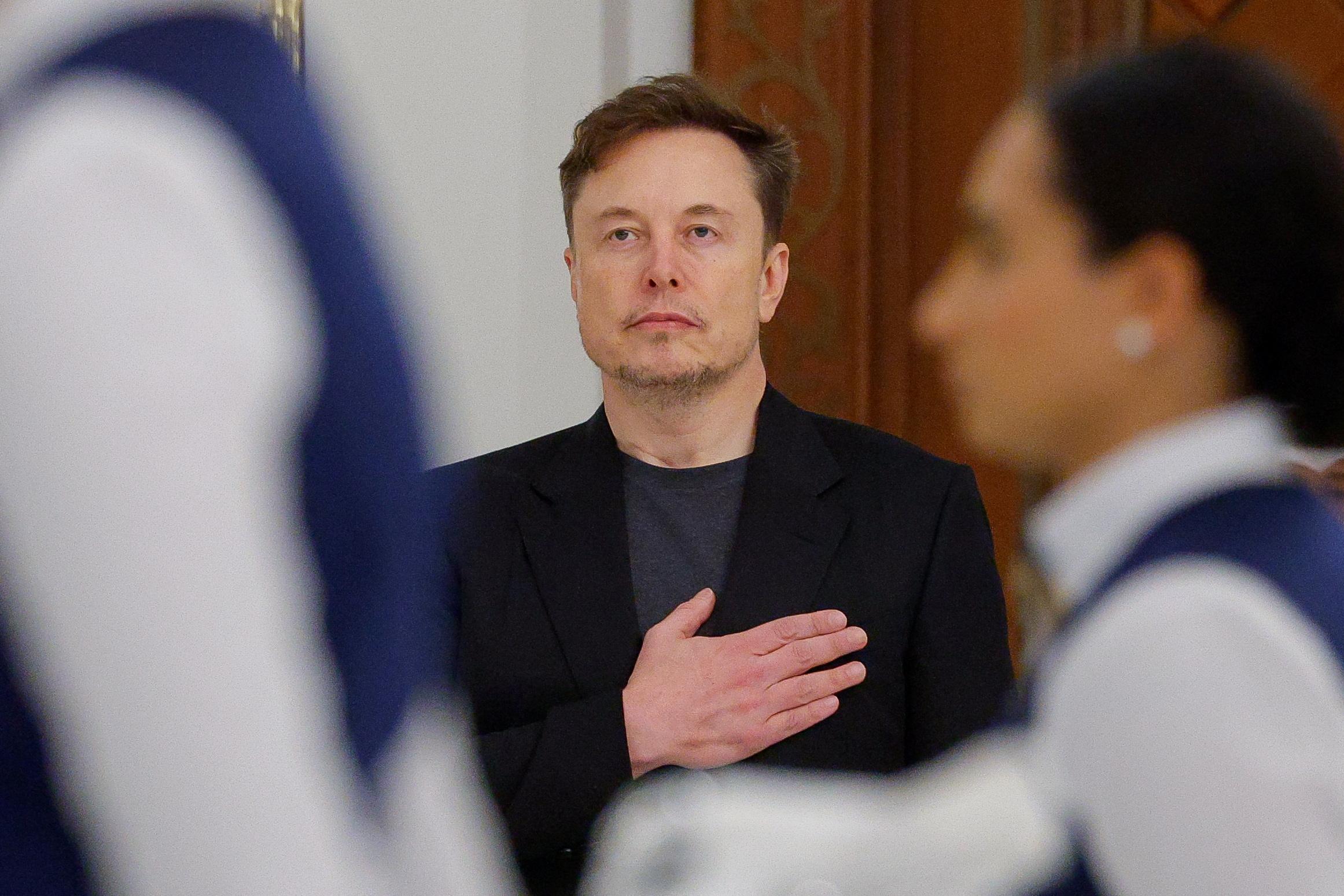
![Βούτυρο: Τι δείχνει το χρηματιστήριο τιμών – Γιατί παίρνουν… φωτιά τα κρουασάν [γραφήματα]](https://www.ot.gr/wp-content/uploads/2025/07/kroyasan-1024x683-1.jpg)


![Εκατομμυριούχοι: Η μεγαλύτερη μετακίνηση πλούτου στην ιστορία το 2025 [γράφημα]](https://www.ot.gr/wp-content/uploads/2024/04/money-2048x1366-1.jpeg)

![Τραμπ: Διοργανώνει σύνοδο κορυφής ΗΠΑ και πέντε αφρικανικών χωρών [γράφημα]](https://www.ot.gr/wp-content/uploads/2025/06/trump-maga-scaled.jpg)
